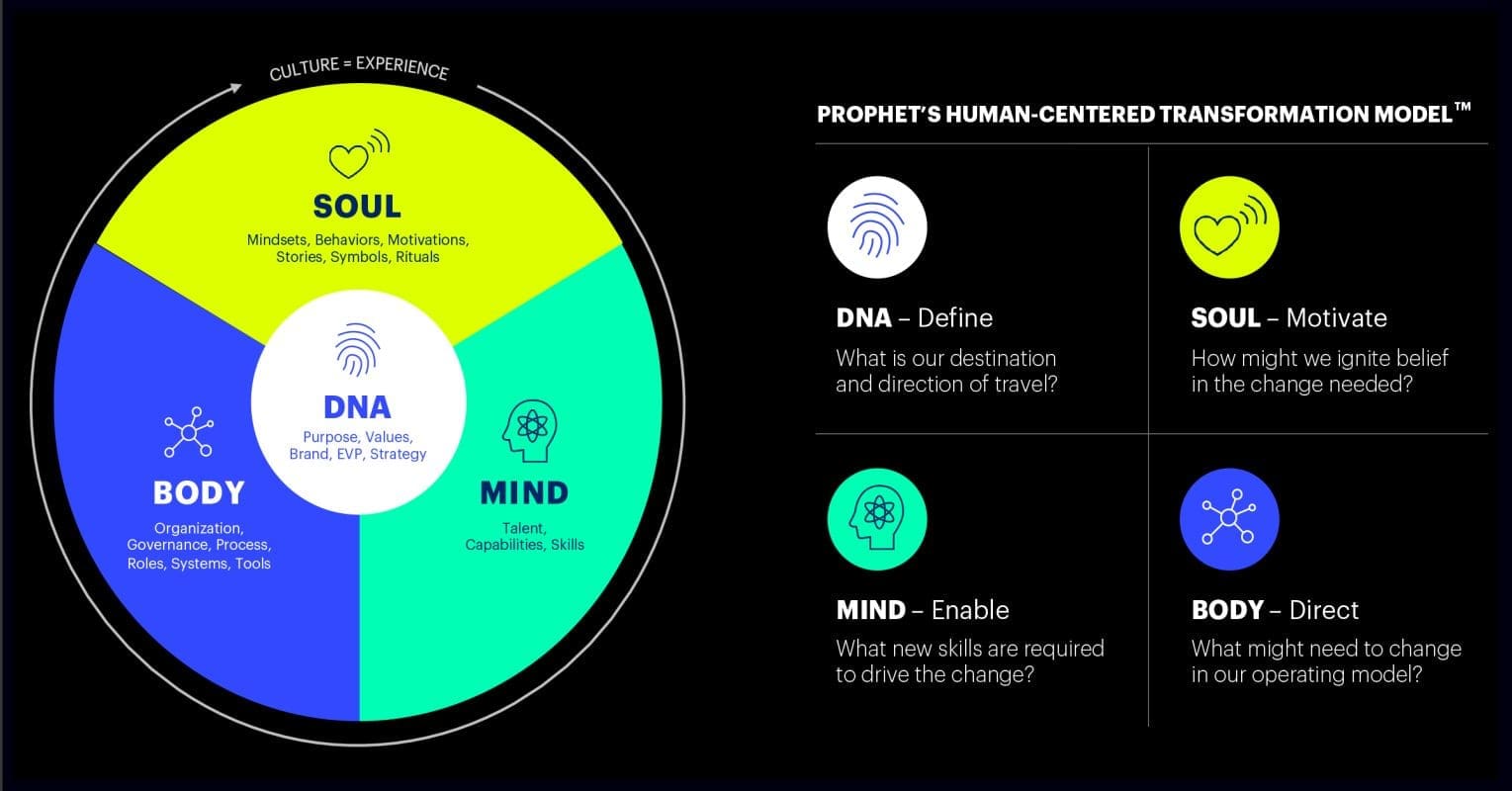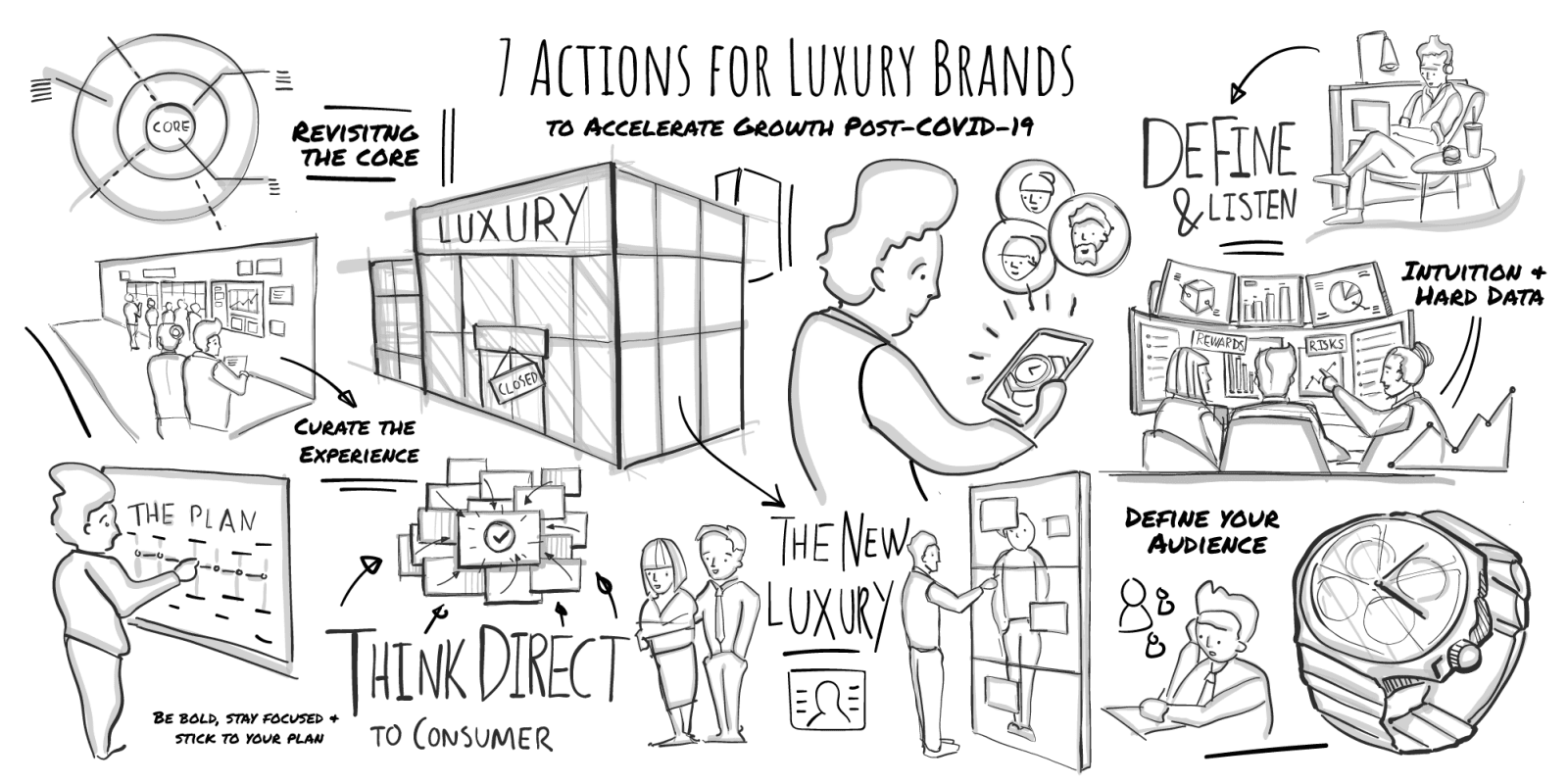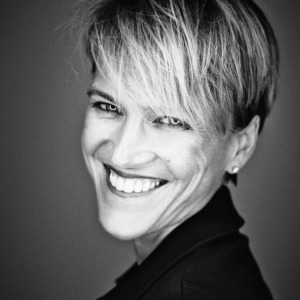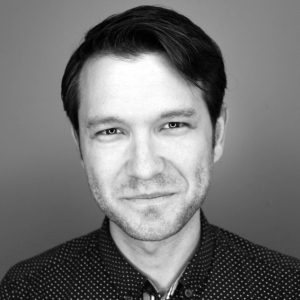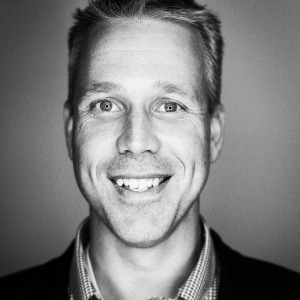BLOG
Four Priorities for CMOs to Reimagine and Reignite Marketing
Stoke growth by building at two speeds, feeding every initiative with a continuous stream of customer insights.
Even before the pandemic, chief marketing officers had been navigating a complex and shifting digital landscape. And due to COVID-19, according to Gartner 76 percent of marketing leaders expect to be working with drastically reduced budgets. While some may view that as a doom-and-gloom scenario, we see it as an opportunity.
The CMO role is more important than ever, playing an essential part in guiding companies as they respond, reignite and reimagine themselves in a post-pandemic world. Here are four shifts we see as urgent priorities for CMOs today:
1. Accelerate Digital Transformation
Marketing leaders have long known, of course, that customers are shifting to digital across the entire journey. But the resiliency and dexterity shown during stay-at-home orders provide dazzling proof that customers are ready for much more than they’ve been given credit for.
The current disruptions in all parts of the value chain create breakthrough opportunities for digital to drive success in marketing and customer experience. They can stoke demand, build relationships, optimize customer data and predict channel shifts.
Yet many digital transformation efforts leave CMOs outside of the decision-making circle. The upcoming State of Digital Transformation report from our Altimeter research team finds that CMOs only “own” 4% of digital transformation efforts. CMOs can play a greater role by supporting the corporate digital transformation agenda in any manner they can.
2. Continuously Fuel and Feed Customer Insights
To determine how to win, CMOs need to understand their customers’ needs–and accept that much of what they used to know is no longer true. Continue to collect and use customer data to augment existing market research, address market uncertainties and go one step further to create an insights engine. Look for new ways to capture more information on how customers and intermediaries are feeling and behaving. That intelligence will add value not only in marketing but through the entire enterprise.
Nike is a powerful example. While it built its reputation with great products and relevant marketing, business growth is powered by digital insights that it embeds into every part of the company. Its Nike Direct division hasn’t just fueled sales. It provides data on fast-changing tastes and preferences, informing decisions in everything from innovation strategy to product design to community building. And it’s led to breakthroughs like the Nike Fit app and the 30-day wear test.
3. Build at Two Speeds
To succeed, CMOs need to throw themselves into two-speed thinking. First, they must adapt and innovate marketing and sales to meet the short-term realities of business in this radically disrupted environment, while also planning for things that drive return in the long run like purpose and customer experience. The second speed requires reimagining different scenarios and which bets will be successful. Armed with customer insights and investments in digital, it can be done.
“Even as the world waits for a “new normal” to emerge, reinventing marketing for immediate challenges looks different for each company.”
Even as the world waits for a “new normal” to emerge, reinventing marketing for immediate challenges looks different for each company. According to our State of Digital Transformation research, the majority–64%–of companies say revenue has fallen since the pandemic began. And for 15% overall, the drop is significant. For these companies, marketing is all about restarting the engines. But a lucky 17% have seen revenues increase. And while that’s nice for now, they face short-term challenges in retaining those new customers.
Starbucks has been perfecting the art of operating at two speeds. Short-term, it is taking advantage of its mobile app and loyal base to keep relationships and drive growth. For the longer term, the company is revising the experience for both customers and employees, investing in new drive-through stores, pick-up windows and better machines. All will allow Starbucks to continue to increase and meet demand.
4. Re-Define and Re-Execute your Brand Purpose
Purpose, a brand’s reason-for-being, means so much more today, as consumers demand better corporate behavior. They want to buy from ethical companies that are trying to do the right thing. They expect businesses to be empathic, responsible employers–and recent events have shown us they are willing to walk away from brands that mistreat people. And while they’ll forgive many missteps, they expect transparency.
Amazon, for example, has come under shareholder and employee fire for its refusal to disclose how many workers have contracted COVID-19. In response, the company went beyond mere words, committing an astonishing $4 billion–about a quarter of its annual profits–to make Amazon workers safer and fulfill its mission.
“Providing for customers and protecting employees as this crisis continues for more months is going to take skill, humility, invention and money,” founder and CEO Jeff Bezos says in its statement. “If you’re a shareowner in Amazon, you may want to take a seat, because we’re not thinking small.”
It’s not enough to be trust-worthy. Consumers expect companies to make an impact on society. They want assurances that the brands they buy are protecting people’s health and the environment. And they want to see them promoting social change, such as addressing racial bias. Procter & Gamble, for example, had already established itself as an outspoken advocate for social justice. As a result of recent protests, it stepped up its commitment with a $5 million pledge and compelling new content in its “Take On Race” challenge.
Building a New Action Plan
To act on these new priorities, recalibrate marketing plans. Accept that these are no longer annual documents, but works-in-progress to review monthly, if not weekly.
Make sure plans…
- Get ahead of budget cuts. Do more with less, re-evaluate marketing ROIs, setting up more frequent reviews to challenge assumptions.
But more importantly…
- Show marketing as a value creator. How can marketing contribute to the organization versus being seen as a cost center? How can it use brand purpose to increase relevance?
- Create or recalibrate a continuous customer insights engine, to understand shifting customer needs. How and when should the CMO initiate new market pulsing?
- Ensure the production of intelligent content, relevant to the moment, contextualized for the consumer.
- Make sure operating models can execute data-driven test-and-learn efforts.
- Audit the marketing technology stack to make sure the best moves are automated.
FINAL THOUGHTS
It’s still too soon for any CMO to predict the months ahead. A vaccine could change the landscape, as could a second or third wave of infections. But planning for the known unknowns–and building in good behaviors now for marketing teams–will help ensure success over future horizons.
Are you setting the right priorities for business growth? Reach out now to chat with our experts and get exclusive insights into the work of other marketing leaders.


